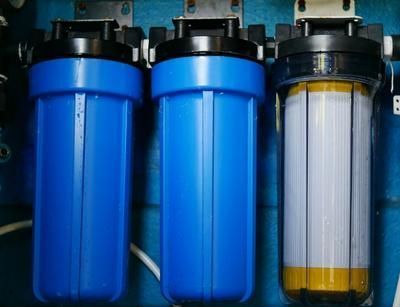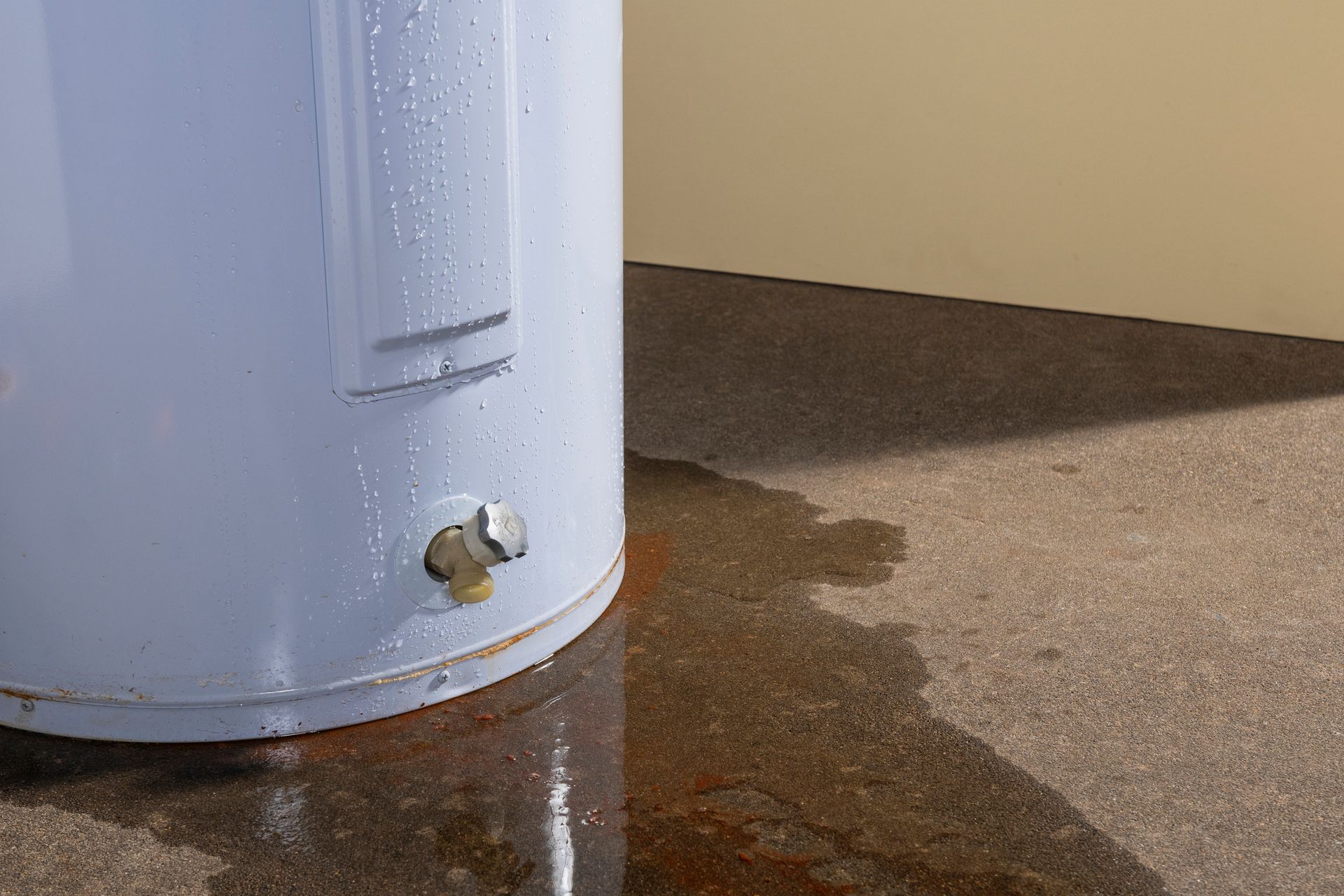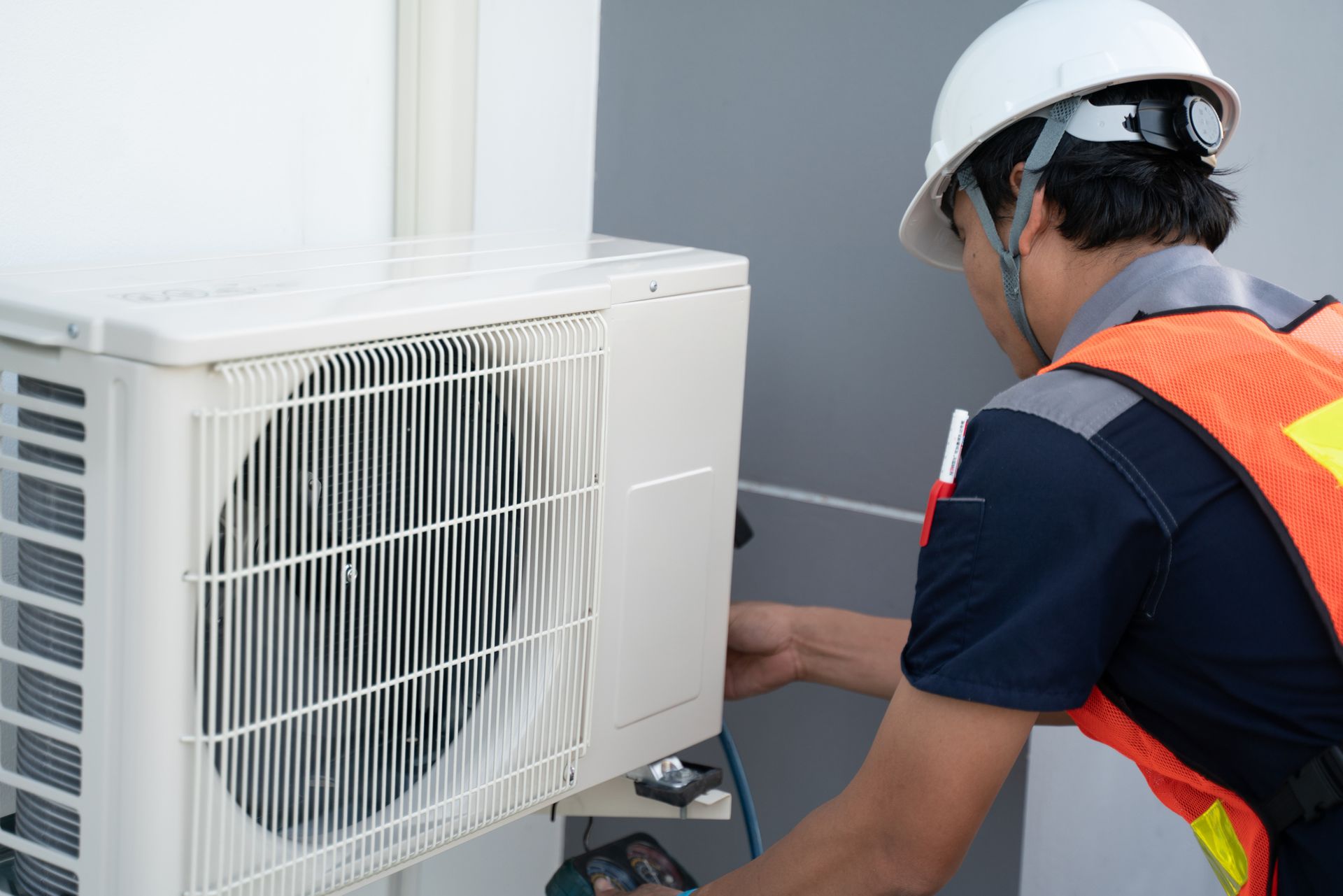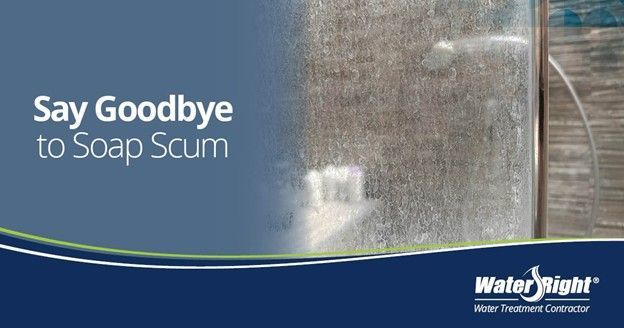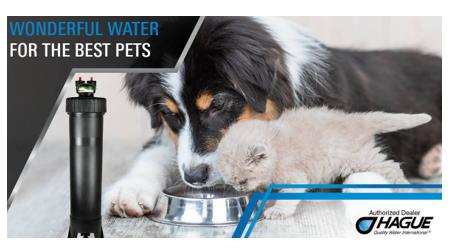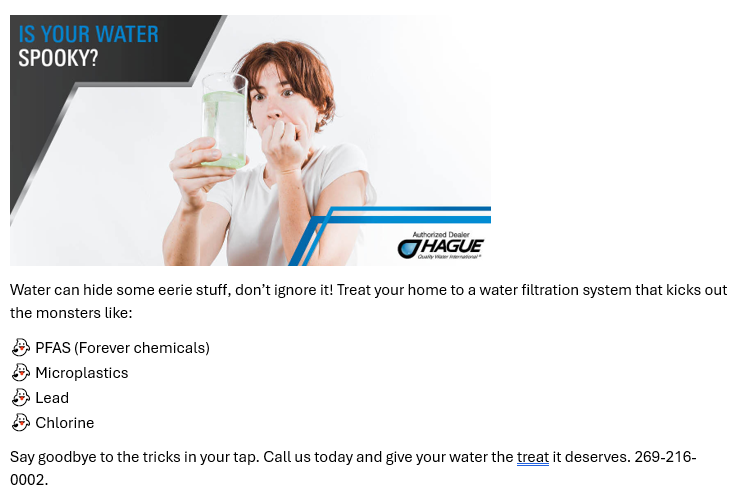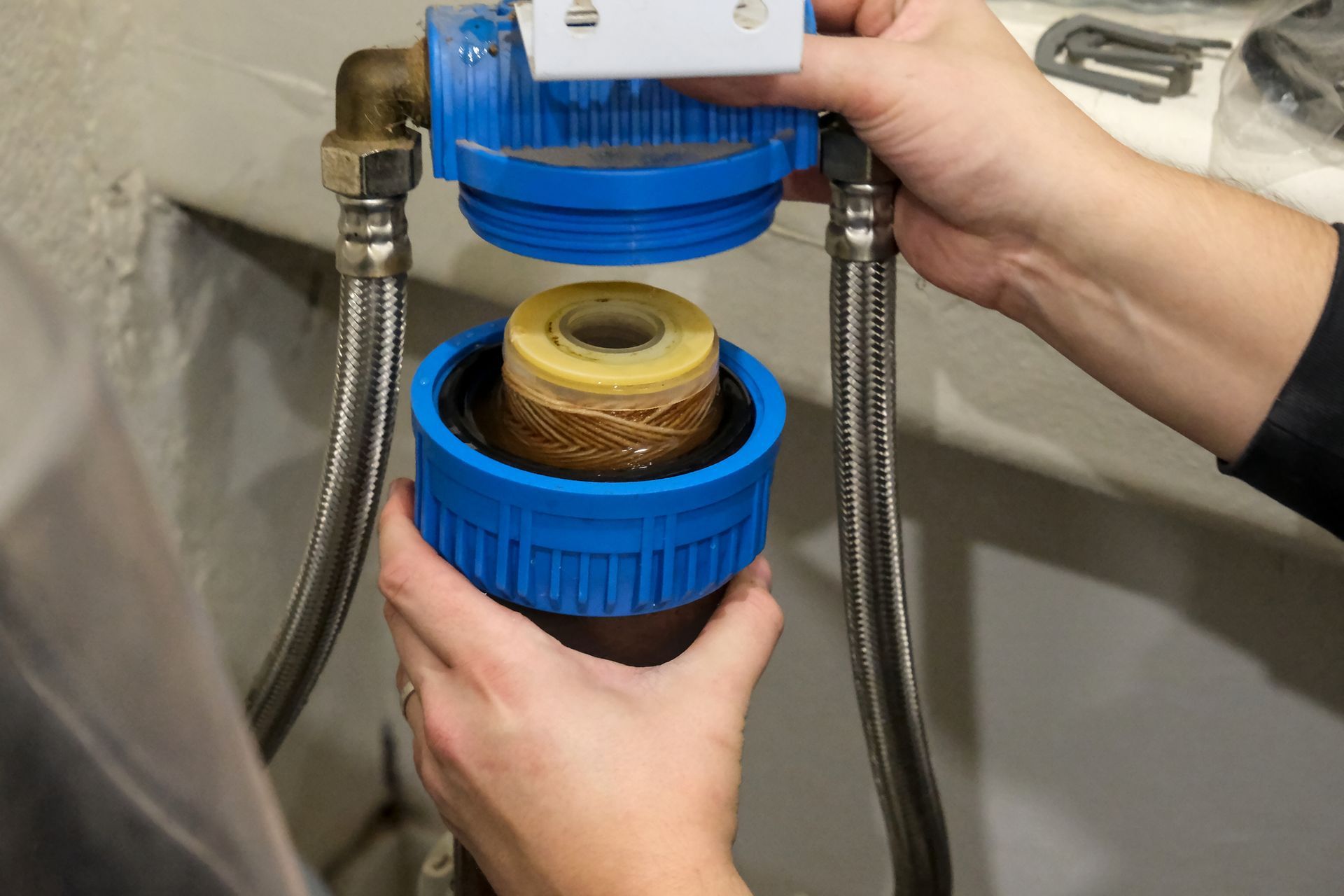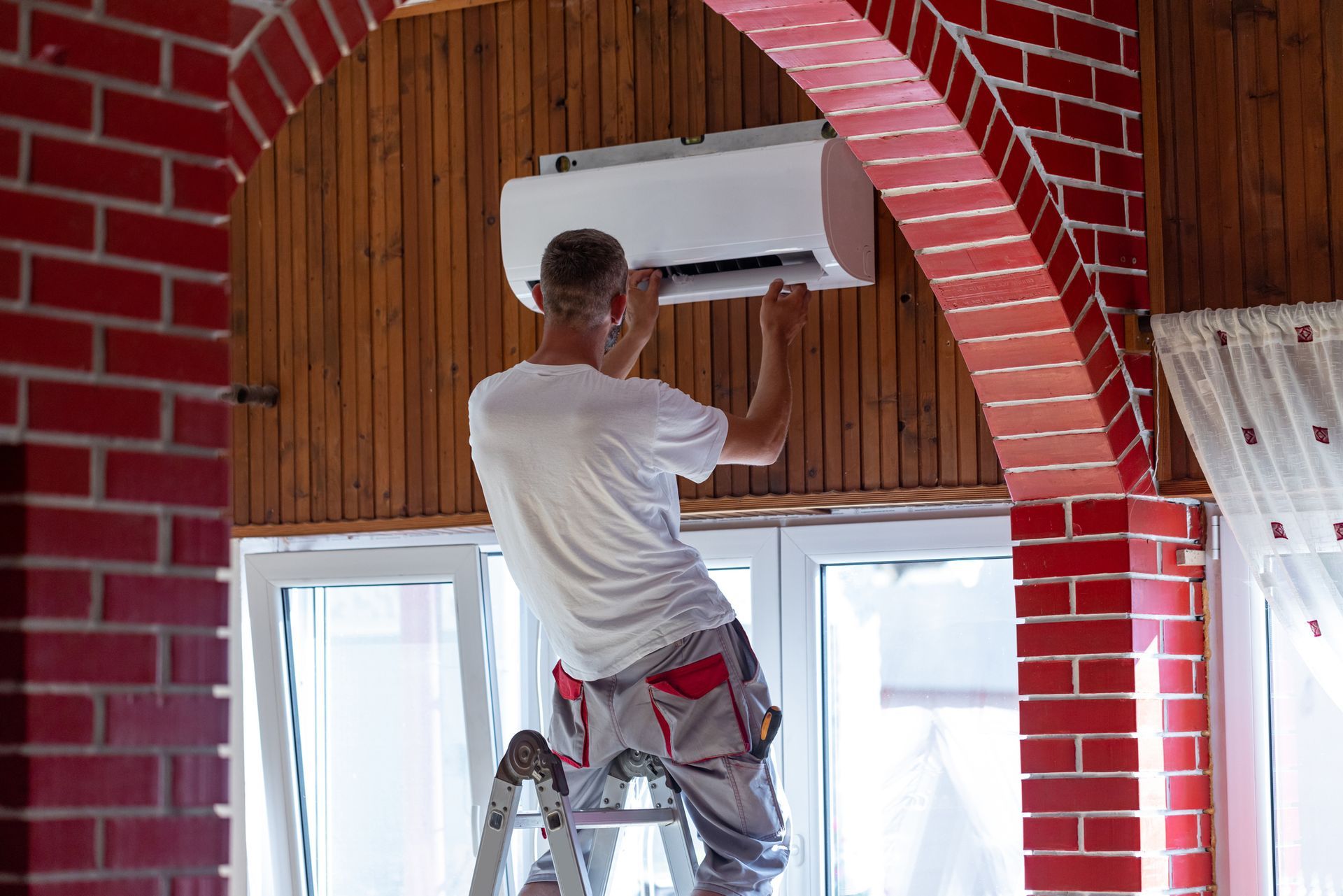"LEAD IN YOUR DRINKING WATER"
Dan • 27 September 2022
Understanding Your Risk Potential
The publicity of the Flint water crisis brought the topic of “drinking water quality” into focus like nothing previously in my lifetime. We often associate lead in our drinking water with older homes in older communities. Most people are unaware that lead-bearing faucets and valves were installed up until the end of 2013. If your plumbing pre-dates 2014, you have some potential lead exposure. The older the home is, the higher the potential. This article will give a historical overview of the use of lead in our plumbing systems. This will help homeowners quantify their potential risks. I will recommend cost-effective solutions for testing and lead removal.
The history of lead water lines in the United States goes back to the 1800s. Of course, it is common knowledge that lead was used during the Roman Empire. Lead provided a stable material that was resistant to pin holes. With emerging research by private and public health professionals, the industry started to move away from the use of lead for potable (drinkable) water lines in the 1920s. The transition was slowed down by the lead industry and the nepotism cultivated in the plumbing industry and Public Water Works. Lead was being phased out across the country by the early 1950s. But, it wasn’t until 1986 that the use of lead pipe and lead solder for the copper pipe was banned. The Chicago plumbing code (as well as the code for other large cities) permitted the use of lead water lines until that law was passed in 1986.
The last rule that addressed lead in the potable water system was effective January 1, 2014. This rule eliminated the use of lead-bearing faucets, valves, and appurtenances that delivered drinking water. The lead content in many pre-2014 faucets is as high as 8%. This lead can potentially be absorbed into your drinking water. Although their action level is 15 parts per billion, the EPA states that there is no safe level of exposure to lead in drinking water. The health effects are well documented, and children are at much higher risk than adults.
The risks are reduced cognitive development, neurobehavioral difficulties, impaired hearing, and damaged internal organs.
Lead can be found in your water from primarily three different sources.
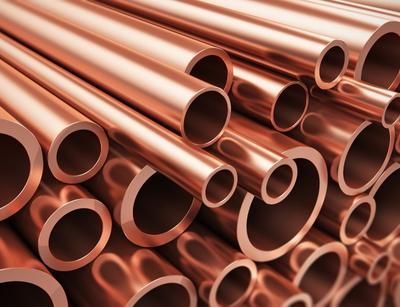
The first is the “service.” If you are on a well, the “service” is the pipe that is connected to the well head and runs underground into your home, and connects to your well tank. Our company has serviced thousands of well service lines over the years, and I am not aware that lead was ever used in the water well Industry for “services.” But, there are lead-bearing components in the well fittings and pumps installed prior to 2014. The US Geological Study tested 8,300 wells and found traces of lead in 33% of those wells tested.
The one that gets the most publicity is the municipal “service.” Municipal systems draw their water from lakes, rivers, and groundwater well fields. The water is treated and pumped to your home. It is stored in water towers to maintain a steady pressure throughout the system. The pipes that take it throughout the municipality are referred to as the “water mains.” The line that runs from the main up to your home is referred to as the “service.” The “service” enters the house in the basement, crawl space, or up through the slab near the front of the house. This is where the water meter is most often located.
The second source of lead is the “water distribution system.” Code-approved materials for the “service” and the “water distribution system” are different. The “water distribution system” is the piping inside your home that connects to your well tank or the water meter. This system delivers water to all the points of use. Copper pipes started to replace galvanized pipes in the 1950s. The solder used to join the copper pipe and fittings up until 1986 was 50% lead. This lead is exposed to the water at each joint in the system. If your home was built in 1985 or prior, and you have the original copper pipe and fittings, you most certainly have a lead-laced water distribution system.
The third source of lead would be the valves and faucets installed prior to 2014. With a lead content of 8%, these faucets are notorious for leaching lead into the water. This is often confirmed in routine testing procedures.
In order to evaluate your potential exposure, you need to look at your system comprehensively. And with that in mind, pick a testing protocol that most closely matches your era of construction and your lifestyle. The EPA has an easy-to-understand report that came out of a collaboration with Hamilton County, Ohio, which is the metropolitan Cincinnati area. This report does a good job of describing the variables that affect the efficacy of lead sampling.
https://cfpub.epa.gov/si/si_public_file_download.cfm?p_download_id=536180&Lab=NRMRL
My preference is “sequential sampling,” using three samples. This is the protocol currently practiced by the City of Kalamazoo water department. Testing kits are available online from $12 up to $35. Most of the less expensive ones only give a positive or negative. Dan Wood Co is currently working with a lab that charges $36 per test plus shipping.
In the end, remediation will be to either eliminate the source of the lead by re-piping, faucets and valve replacement, or the installation of “point of use” drinking water filters. Reverse Osmosis is the best option. But, there are less expensive filters that are NSF certified to remove lead. Look for an ANSI standard of 53 or 42. Some of the reverse osmosis systems are not only certified to remove lead but PFAS and numerous other chemicals. Feel free to contact me with any questions regarding this topic or other questions about your water at Dan.Wood@danwoodco.co
- Dan Wood
